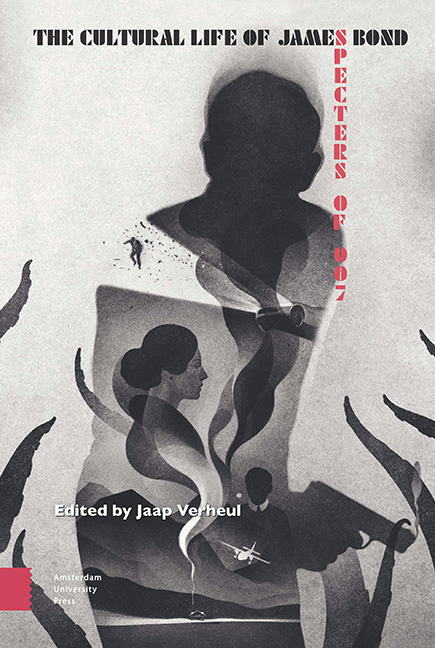Book contents
12 - Branding 007: Title Sequences in the James Bond Films
Published online by Cambridge University Press: 20 November 2020
Summary
Abstract
The James Bond series has maintained its brand identity through the James Bond character, recurring plot elements, and its film design, in particular the credits sequences of Maurice Binder, Robert Brownjohn, MK12, and Daniel Kleinman. This chapter will examine the work of Binder, who created fourteen of the first eighteen Bond titles and has been rightly singled out as one of a new generation of title designers who utilized modernist aesthetics to create a specific look for the James Bond franchise. The chapter also asks how the digital turn, which coincided with the transition from Binder to Kleinman in the 1990s, has impacted the design and aesthetics of the James Bond title sequences.
Keywords: Maurice Binder; Daniel Kleinman; title sequences; modernism; Branding
The James Bond film series is one of the longest running and most successful film franchises in the history of the movies, now encompassing twenty-four plus two films that have been produced over more than fifty-five years. Having featured no less than six different actors (Sean Connery, George Lazenby, Roger Moore, Timothy Dalton, Pierce Brosnan, and Daniel Craig), the Bond series has maintained its brand identity through the character of James Bond as conceptualized by Ian Fleming, through rigorously recurring plot elements—Bond chasing international bad guys and bedding down a number of beautiful young women—and through the films’ design, in particular the credits sequences of Maurice Binder, Robert Brownjohn (briefly), MK 12 (one film) and Daniel Kleinman. Maurice Binder, who created fourteen of the first eighteen Bond titles, starting with Dr. No (UK: Terence Young) in 1962, has been rightly singled out as one of a new generation of title designers who utilized modernist design to create a specific look for the Bond franchise, and who influenced the creation of music videos through his marriage in the title sequences of abstract images and catchy pop music tunes. Binder made the latter claim himself in 1991, noting that his sequences “were really the fore-runners of today's pop videos: the song came first and we’d illustrate it” (King 2004; Cork and Scivally 2002, 193).
- Type
- Chapter
- Information
- The Cultural Life of James BondSpecters of 007, pp. 249 - 268Publisher: Amsterdam University PressPrint publication year: 2020



